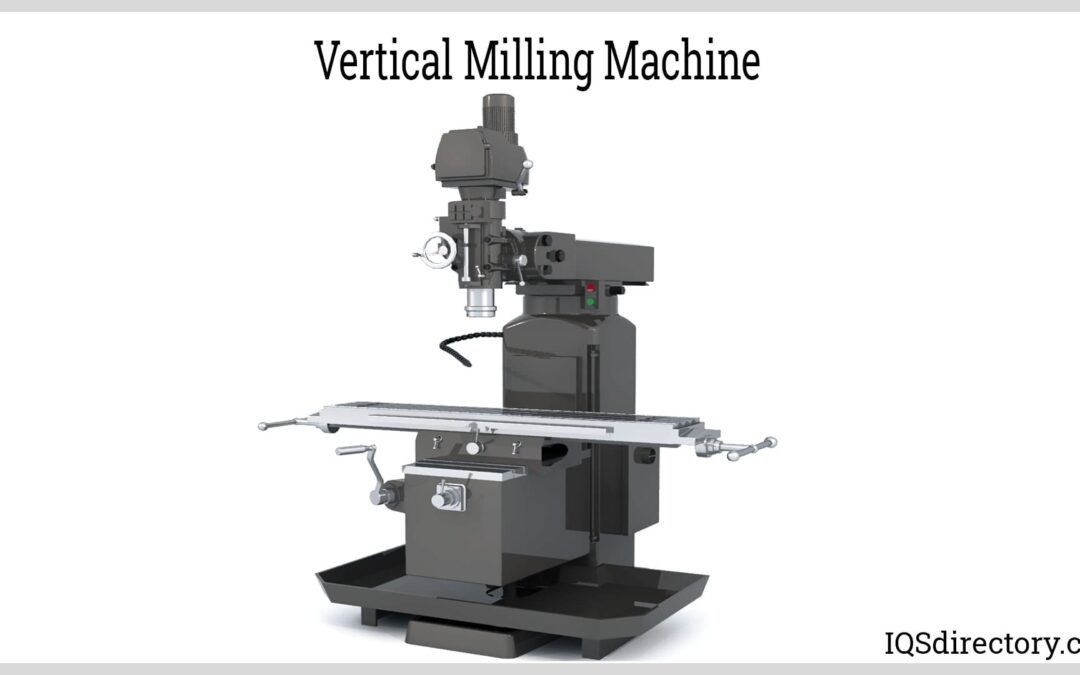As described in the article “Vertical and Horizontal Milling” from IQS Directory, the choice between vertical and horizontal milling processes depends on factors such as the type of shape to be produced and the configuration of the machine. In vertical milling, the spindle is oriented vertically to the workpiece, while in horizontal milling, it is horizontal. Both configurations are common in CNC milling.
Vertical milling machines feature cylindrical cutters ideal for plunge cuts and drilling, making them suitable for die sinking and the fabrication of three-dimensional parts. With up to five axes of manipulation, vertical milling machines are versatile and effective for shaping slots, holes, and details. This format is particularly useful for single-sided projects, such as large metal plates, offering a simpler and more economical process compared to horizontal milling.
The affordability and user-friendly nature of vertical milling machines make them a popular choice in the industry. Their design allows for easy error-spotting and correction during the milling process, increasing efficiency and reducing waste. Two basic types of vertical milling machines exist: turret and bed. Turret milling offers versatility in workpiece positioning, while bed milling is suitable for large, heavy pieces.
Horizontal milling, on the other hand, features a spindle positioned horizontally to the workpiece, allowing for thicker and shorter cutting tools that perform heavier and deeper cuts. The chips produced during horizontal milling fall off the workpiece, resulting in a cleaner work surface. These machines are designed for long production runs, offering sturdy construction and minimal vibration during operation. With a fourth axis, horizontal machines excel in producing complex and intricate parts efficiently.
Click here to learn more about Toolcraft capabilities.
Photo and article with all rights reserved, courtesy of iqsdirectory.com





